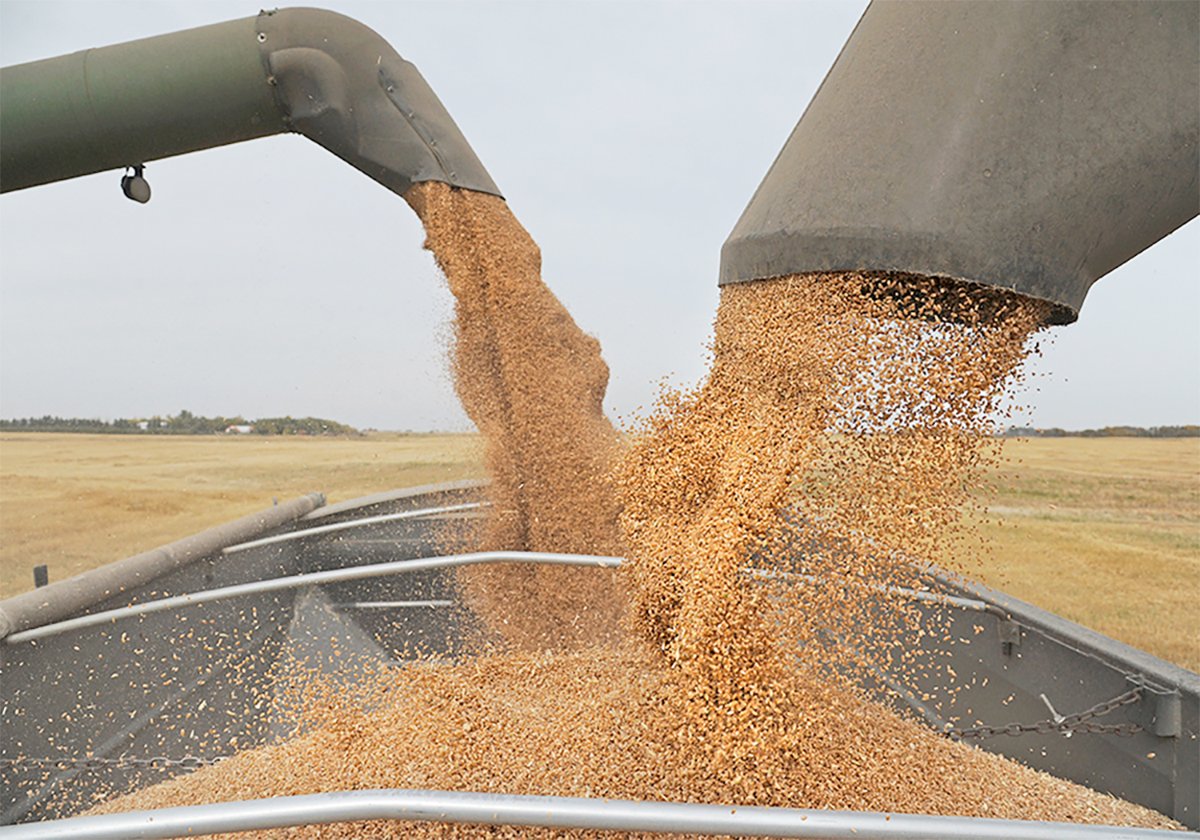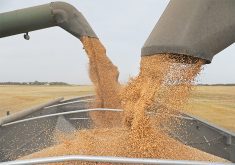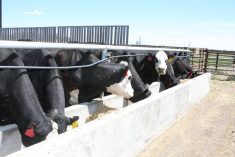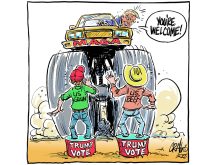CANADIAN frustration with the continued closure of the U.S. border to Canadian cattle intensifies with every new lawsuit and call for trade action.
Simmering beneath that impasse is the knowledge that no BSE cases of U.S. origin have been discovered, or at least reported, despite the nearly identical risk factors that were present in Canada when BSE was first discovered here.
As many a cattle producer and politician has pointed out, the lack of cases originating in the U.S., given past integration of the North American industry, stretches credulity to its limit.
Read Also

Agriculture productivity can be increased with little or no cost
There’s a way to enhance agricultural productivity with little or no cost. It doesn’t even require a bunch of legislative changes.
These thoughts gained further credence earlier this month when three officials formerly with the United States Department of Agriculture went public with suggestions that the U.S. may have had cases of BSE that weren’t diagnosed due to improper testing. Lester Friedlander, a government veterinarian fired in 1995, said he was “99.9 percent certain” that the disease had been found in the American herd and covered up, although he was unable to provide proof.
Masuo Doi, a retired USDA veterinarian, has said he was haunted by fears about improper testing, which related to specific 1997 incidents involving suspect cattle at a packing plant in New York state. A third retired USDA scientist, Karl Langheindrich, echoed some of Doi’s concerns, according to reports from the CBC. The USDA has since produced the test results questioned by the latter two scientists, which it said prove that the cows in question were not BSE positive. Some European experts in the microbiology field reviewed the records and confirmed the USDA position, according to media reports.
Yet doubts linger, and understandably so. Notwithstanding these recent questions, bear in mind that the Harvard risk analysis study of three years ago said there is a 20 percent chance that BSE will be found in U.S. cattle.
It is tempting, out of frustration and anger, to nurture suspicion about BSE’s existence in the U.S., but such temptation is a dangerous flirtation. Canadian actions must be based upon facts, whatever they may be. If Canada believes that the two cattle industries are truly integrated, discovery of BSE in the U.S. is unlikely to benefit Canadians or the Canadian cattle industry, particularly in the short term. Instead, it could stymie efforts to open other countries’ borders to both Canadian and American cattle and beef and reduce domestic consumer confidence in food safety.
In the long term, Canada’s superior traceback system and improved risk control measures would open doors, but that is likely to happen whether or not U.S. cases of BSE are discovered.
All evidence indicates BSE is not endemic to the U.S. herd, just as it is not endemic to Canada. Both countries have safety measures in place to protect consumer safety. That’s the bottom line.














